Scientist Study Reveals Possible Sign Of Life On This Amazing Planet
An Indian-origin scientist study reveals possible sign of life on this amazing planet, and this planet is getting a lot of attention recently, and it’s none other than K2-18b.
Indian origin scientists did a study and revealed a possible sign of life on K2-18b and found some interesting chemical signs on this planet, which is on high talks nowadays.
Table of Contents
Indian-Origin Scientist Study Reveals Possible Sign Of Life On This Amazing Planet
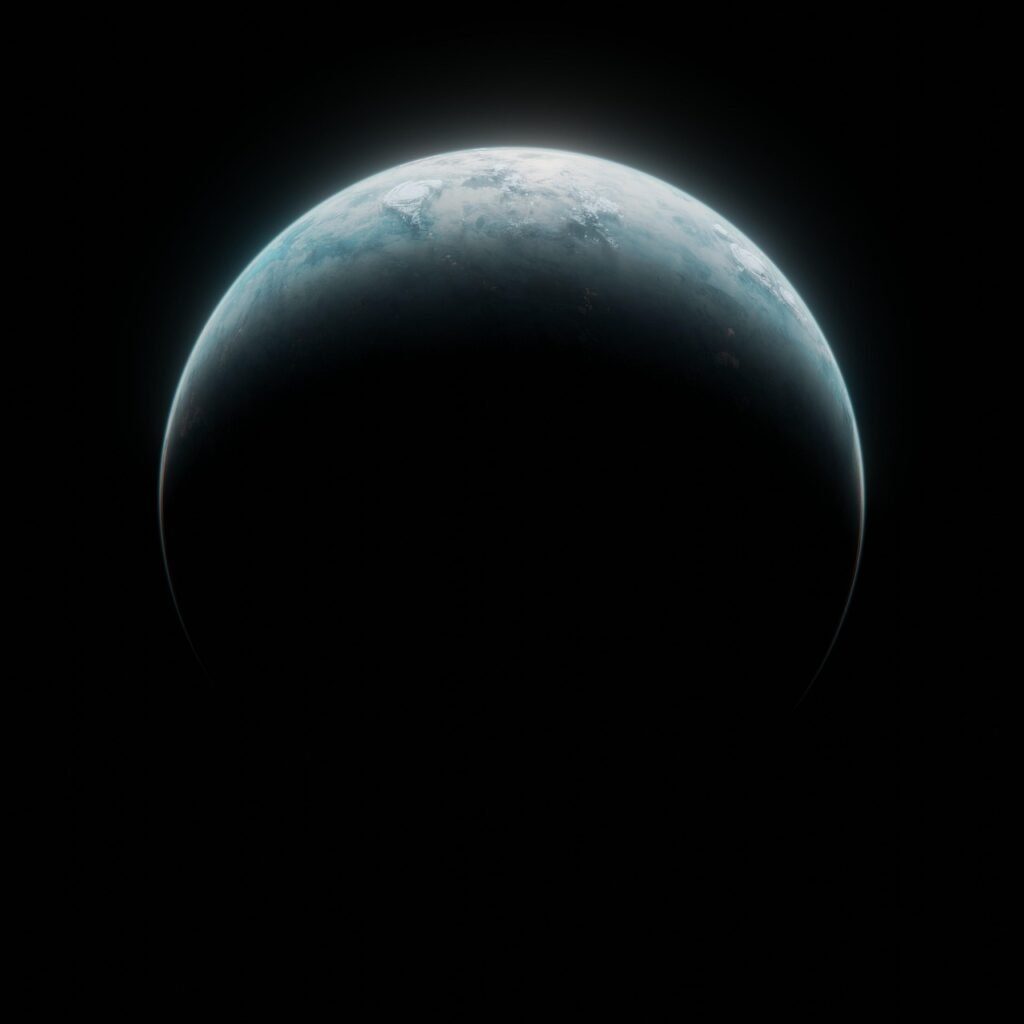
NASA’s James Webb Space Telescope (JWST) detected some chemical signs that are often linked to life found on Earth.
Scientists are now even more curious to do further research on this, while it’s too early to believe and say anything right now.
An earlier telescope found water vapor on K2-18b as the planet is a Hycean World and it has an atmosphere and oceans rich in hydrogen.
Researchers are curious to know where this came from and are carefully reviewing the data.
This notable discovery sparked curiosity and involves 2 specific molecules: DMS and DMDS.
- (Dimethyl Sulphide) DMS
- (Dimethyl Disulfide) DMDS
Do you know? These are made on Earth by marine microbes and some other bacteria.
Finding them in the atmosphere of K2-18b probably raises a question about the possibility of life forms that could be present on the planet, and if that’s the case, we may, in the future, be prepared for a new home in case of an extreme event or emergency, but we love our Earth right?
The Transformational Moment for Our Future Research on Outer Space & K2-18b Life
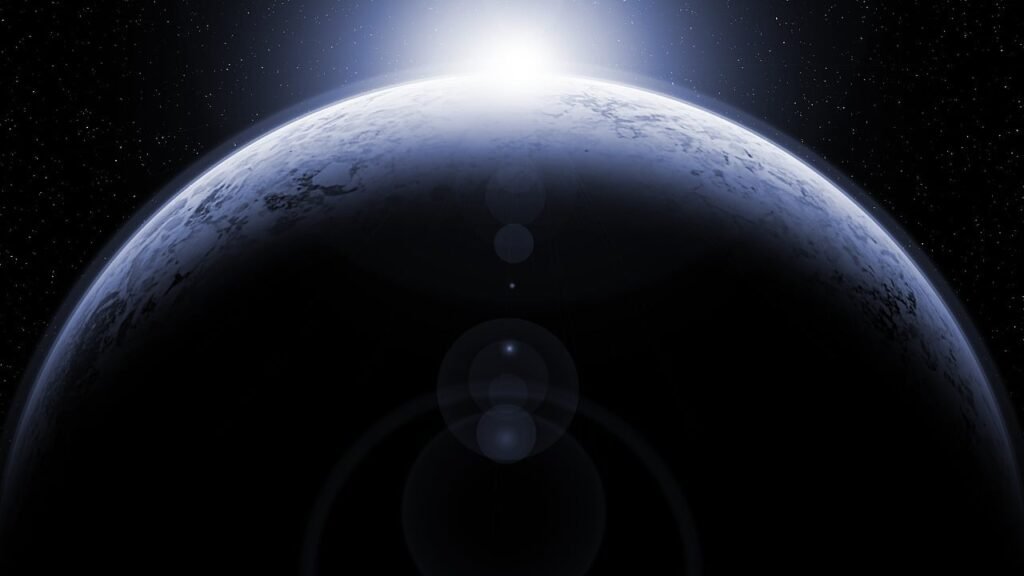
K2-18b life possibility potential is high, and also this is a transformational moment and an opportunity for us for our future research on exoplanets.
This is revolutionary because we can search for life in and beyond the solar system, and we demonstrated that it is possible to detect biosignatures in potential habitable planets with current facilities.
As quoted by India Today, Madhusudhan said, “We have entered the era of observational astrobiology”. Thanks to JWST, now scientists can view better about this topic and make a clear understanding.
The early observations done by the James Webb Space Telescope found water vapor in its hydrogen-rich atmosphere. Along with that, carbon-based molecules like CH4 (Methane) and CO2 (Carbon Dioxide) were also spotted.
These are key ingredients in order to figure out whether life is possible on a planet or not.
K2-18b is almost 8.6 times heavier than our mother Earth, it’s a massive planet and belongs to the Hycean World, and it is a mix of words, and it means a mix of Hydrogen and Ocean.
These conditions can be ideal for life to exist as Hycean world means it has mix of Hydrogen and Ocean where the ocean in this planet is quite deep in the thick Hydrogen-rich atmosphere.
We need to continue our exploration.
It is also being said to explore possible non-biological explanations, as per Professor Nikku Madhusudhan.
More observations are still required in order to confirm whether the detected molecules have a biological origin or not.
The professor also replied that we are also focusing on finding microbial life, possibly what we see in the Earth’s oceans. It is also hypothesized that their oceans, “The Hycean World,” are warmer than our planet Earth.
At this stage Professor said we won’t be able to answer about the possible multicellular organisms or any other intelligent life present there, as the baseline assumption is actually for the simple microbial life.
For reference, this is 1000 times heavier than the amount of concentration present on the Earth, and based on existing knowledge, and cannot be explained without finding more about microbial life.
The team is carefully studying and doing research in order to find out where these molecules came and thanks to JWST (James Webb Space Telescope) that we are getting more clearer pictures of the atmosphere of the planet K2-18b and we will be able to better understand the K2-18b life and how the planet is changing.
Here on Earth climate change is also impacting the way we are connected with every ecosystem on Earth and every life form is being affected from microbial life to giant whales. You must know how climate change is transforming the planet.
It is too soon to realize and confirm how many potential life forms are probably existing within or outside our solar system but our research continues.
More Information About K2-18b Life
- K2-18b is an exoplanet and also known as EPIC-201912552 b, located around 124 light years away from Earth, and it orbits the red dwarf star K2-18
- It is around 8.6 times the mass compared to Earth
- Size is approximately 2.6 times that of Earth
- It is known to be in the habitable zone of its dwarf star, making it potentially possible to have liquid water on its surface, and the research continues
- Scientists are studying its atmospheric details, atmospheric composition, other surface conditions, and life potential on the planet
Conclusion On Scientist Study Reveals Possible Sign Of Life On This Amazing Planet
Scientists are now doing a lot of research on exoplanets and especially studying atmospheric compositions for K2-18b. The possibility of finding all the microbial life on the planet can allow us to know more about outer space and the possibility of knowing more about other life forms present in the universe.
Studying our solar system and beyond is important since we are living in a world that’s changing drastically, and we all know that scientists and other strong people are trying to find life outside Earth and even trying to establish life on other planets.
Discoveries are yet to be discovered, and we all know that outer space is so large that we will need many years to unfold some of the most amazing mysteries, and for that, we need consistent, supportive technology and each other’s support.



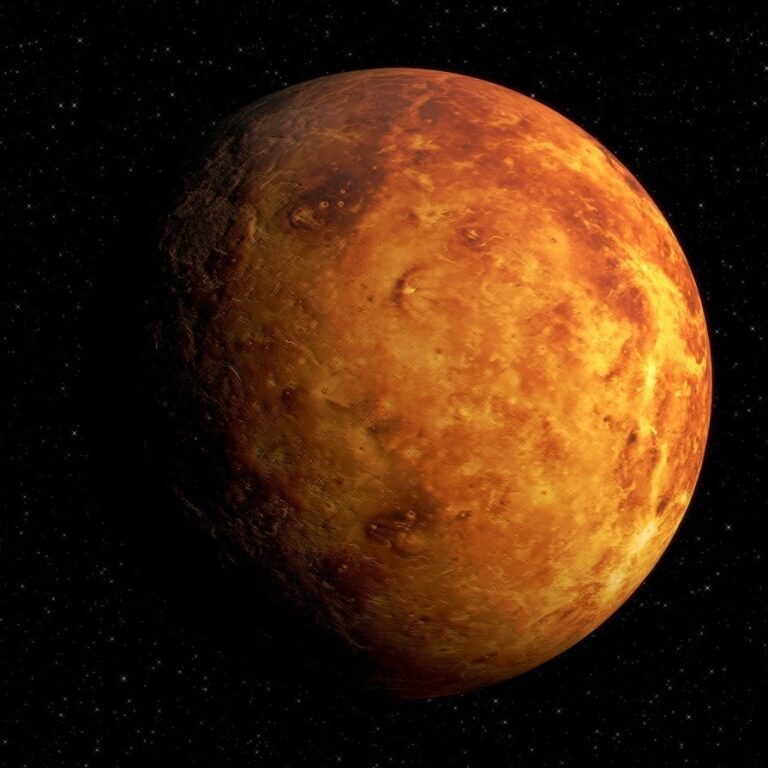

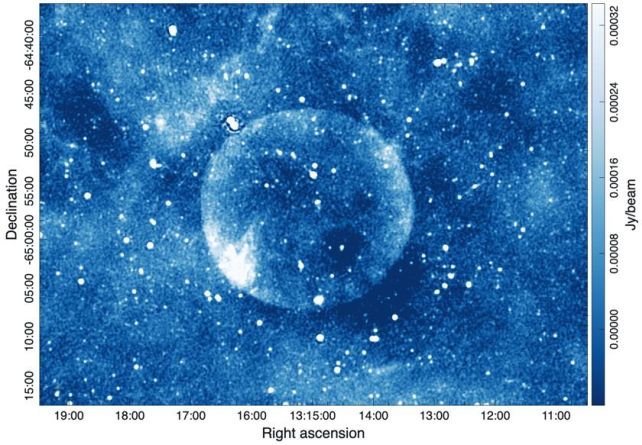
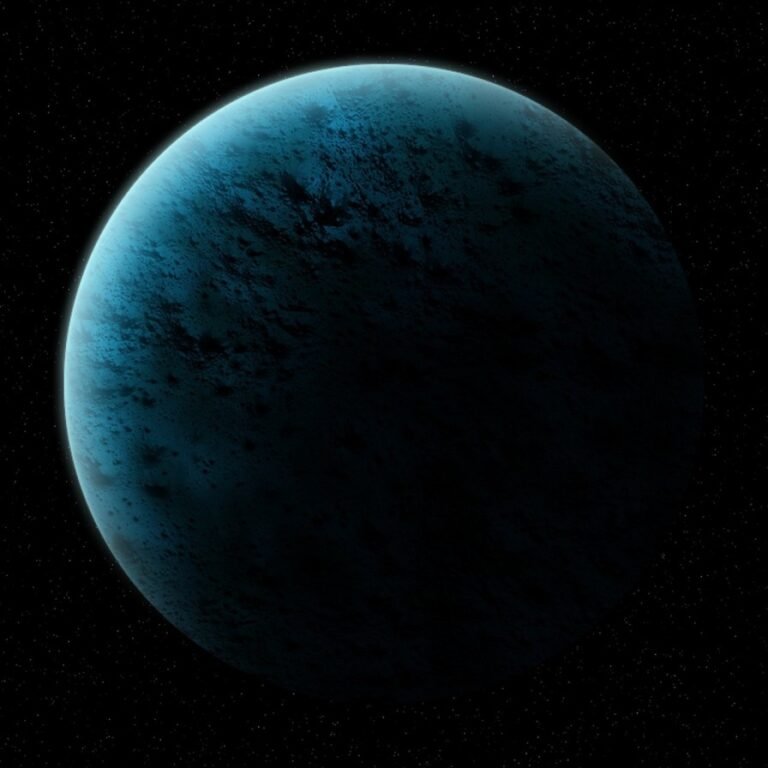

Knowledgeable
I’m happy this post helped you 🙂